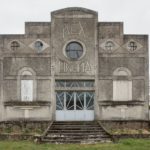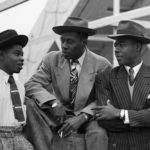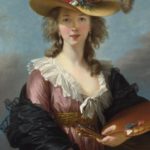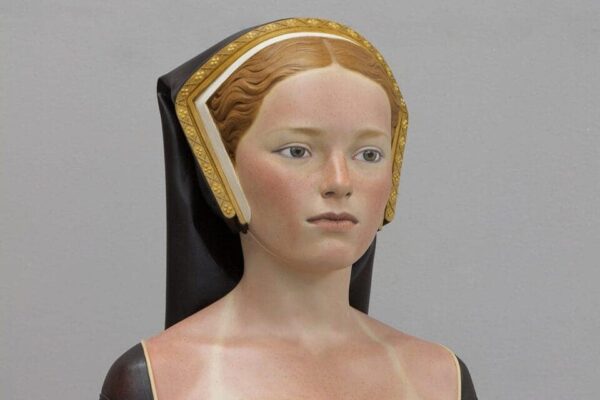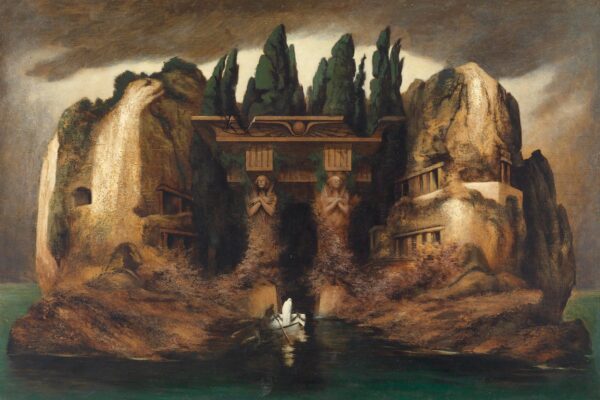1. Portraits from the Back of a Grocery Store in Mid-Century Algeria
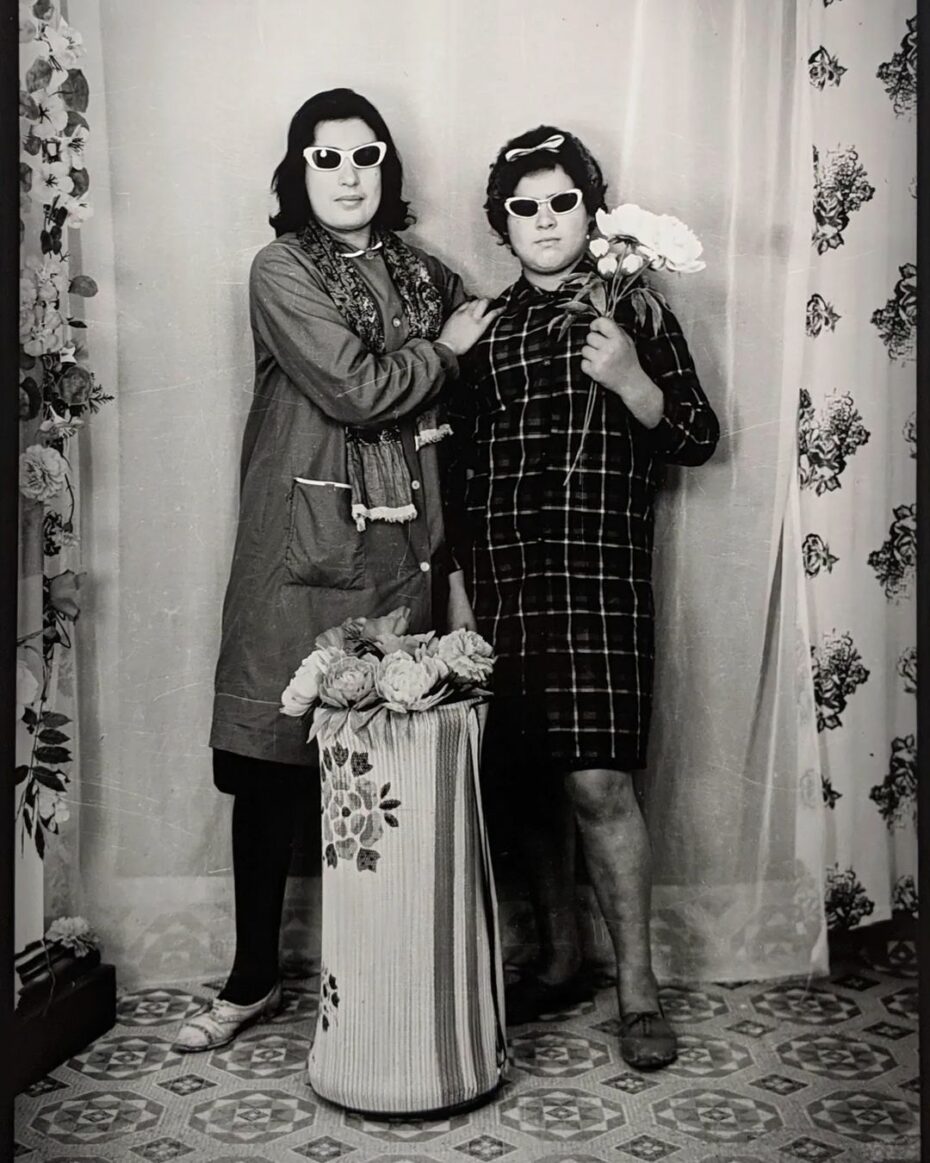
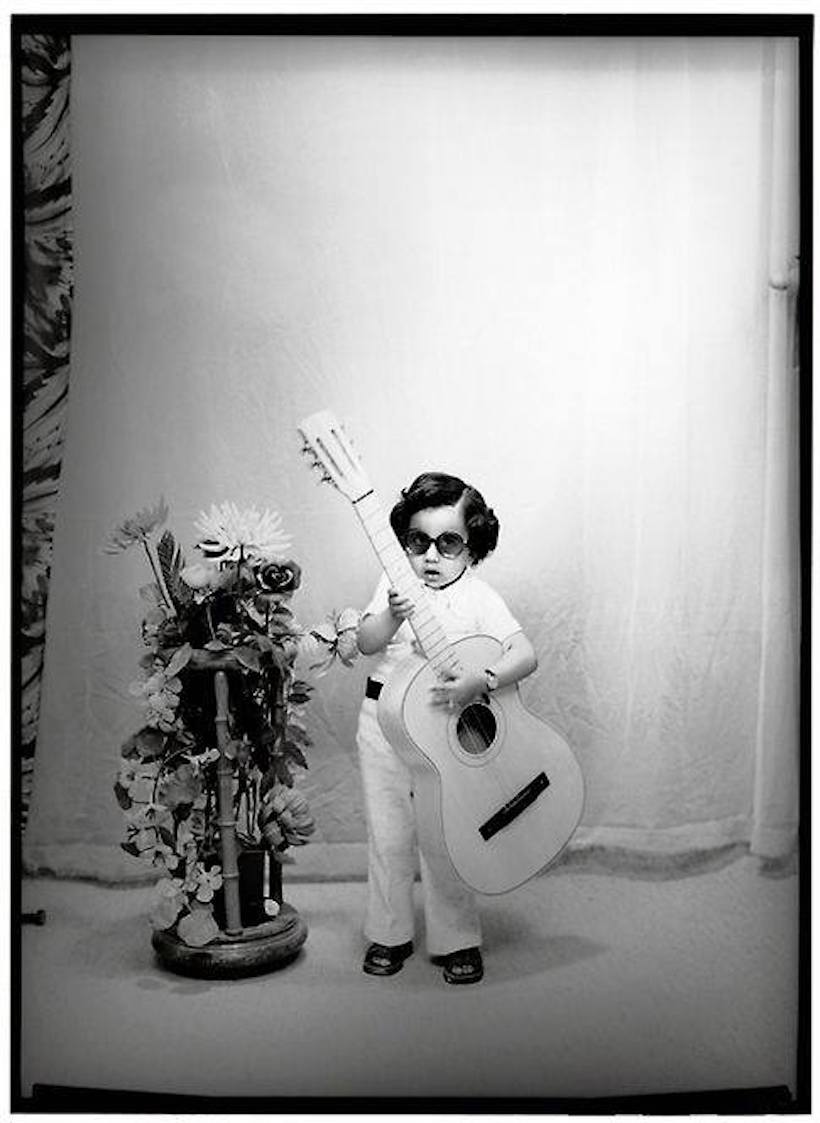
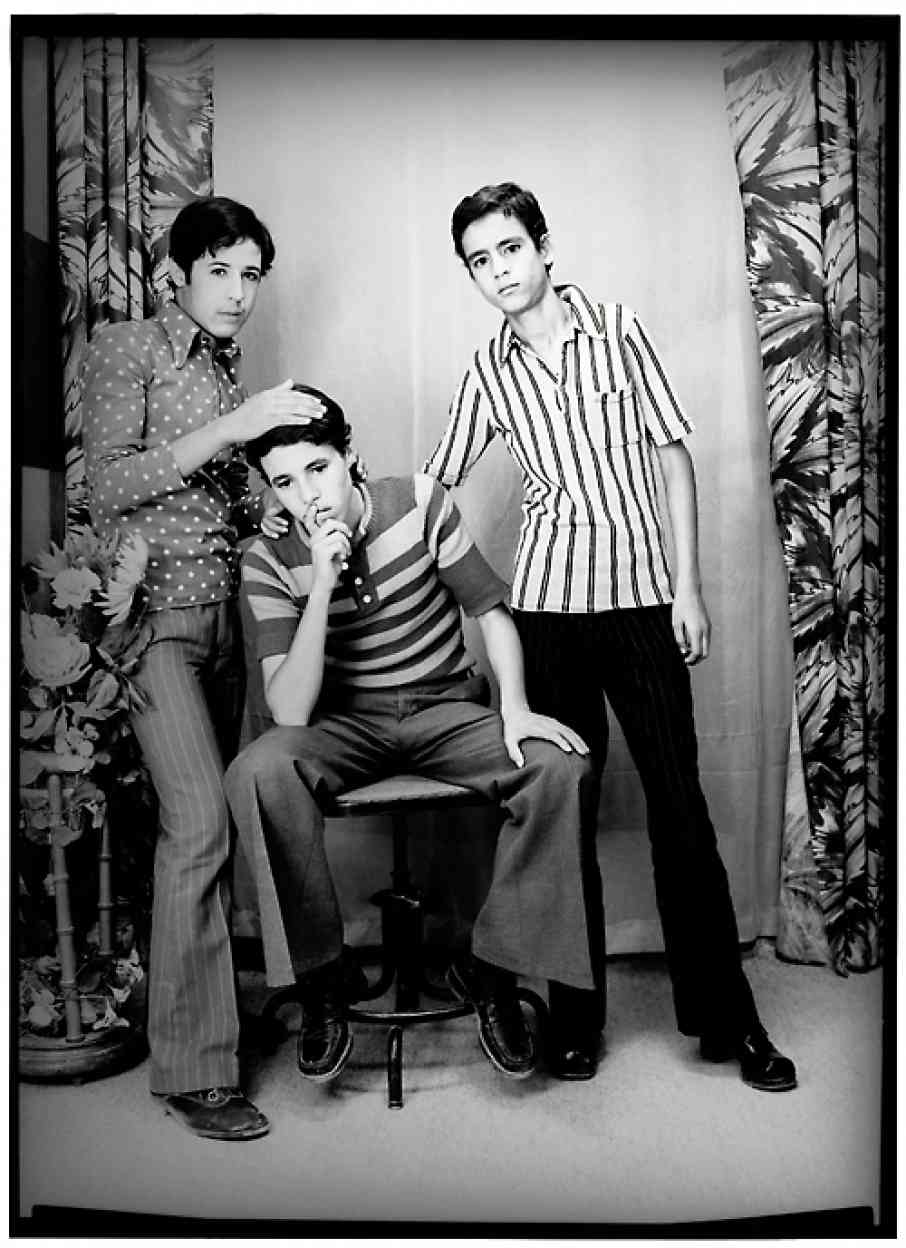
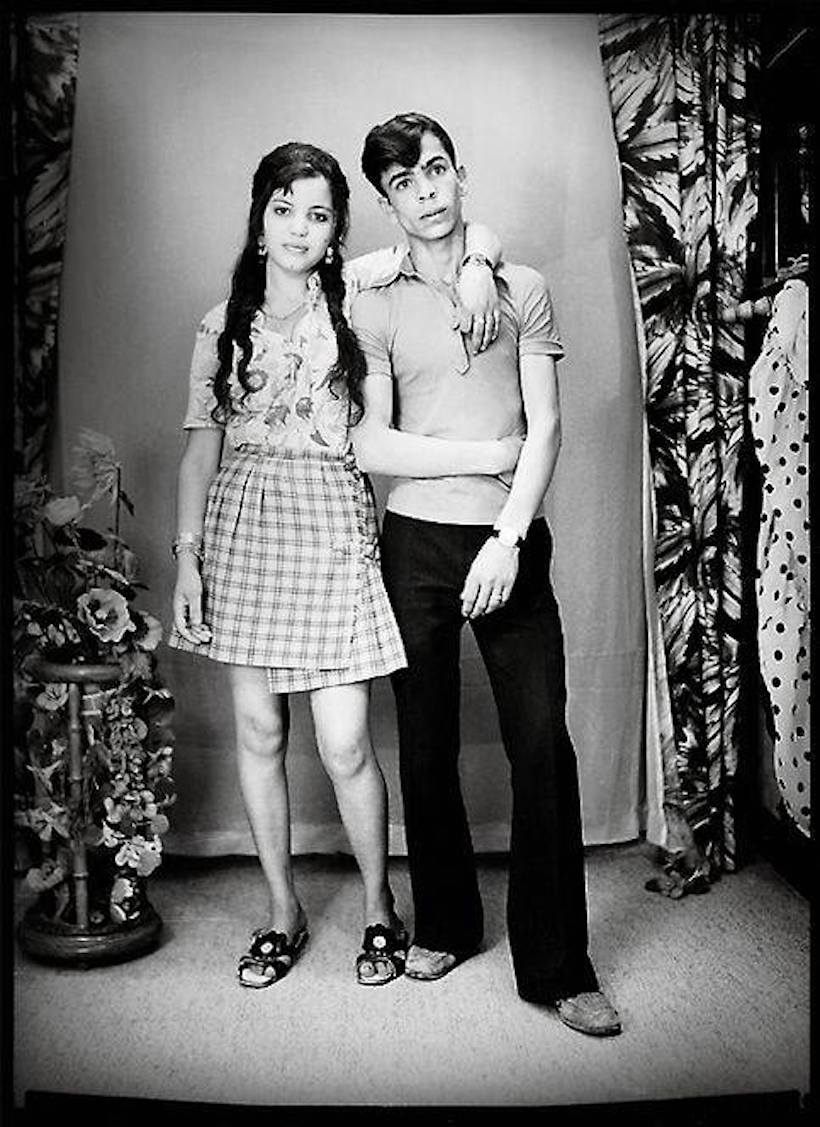
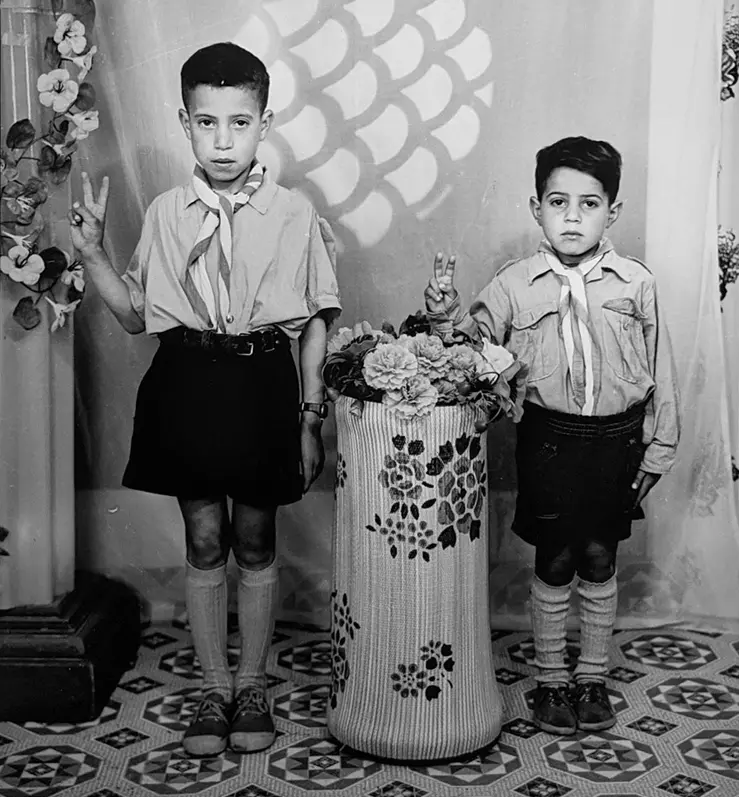
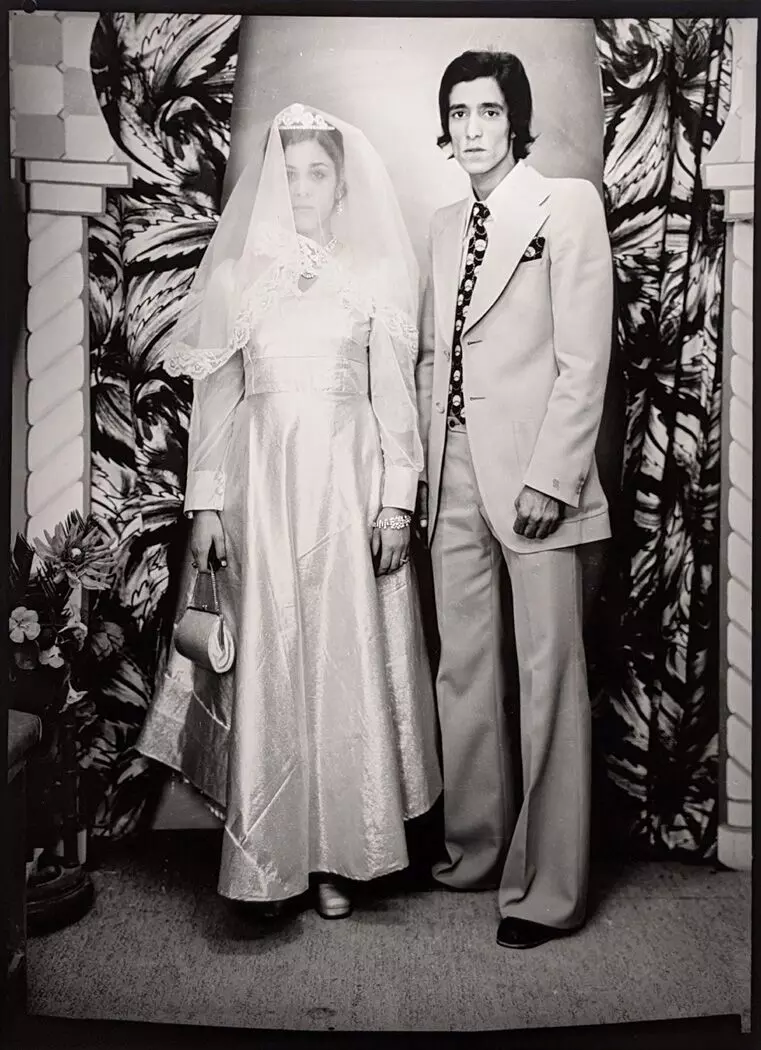
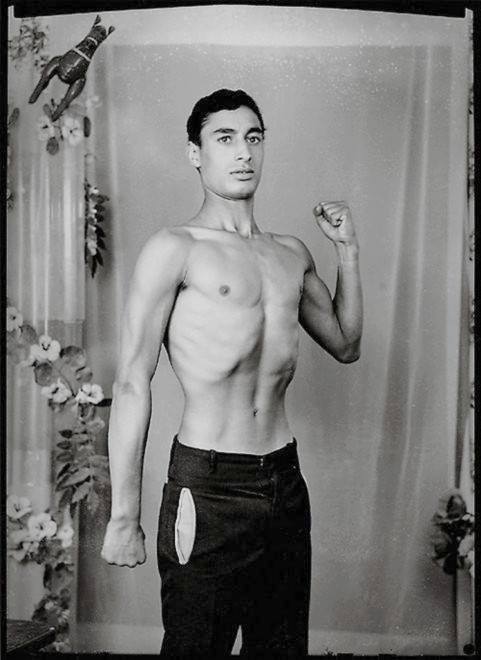
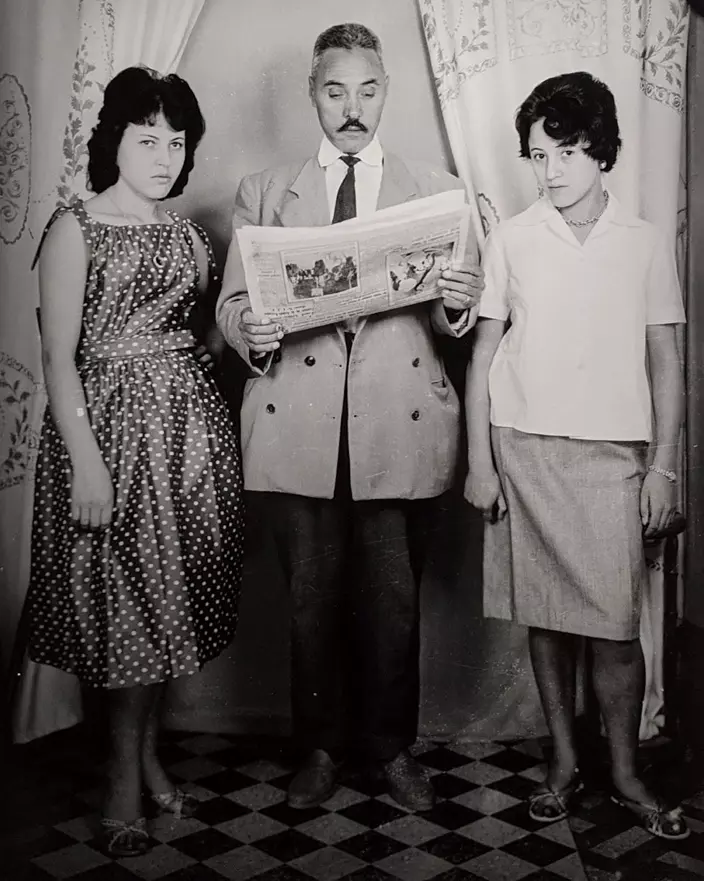
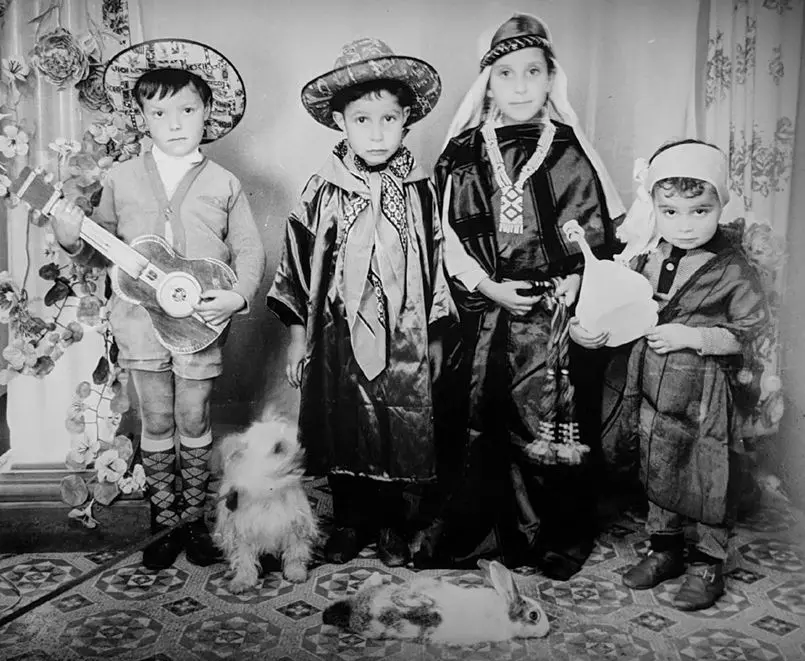
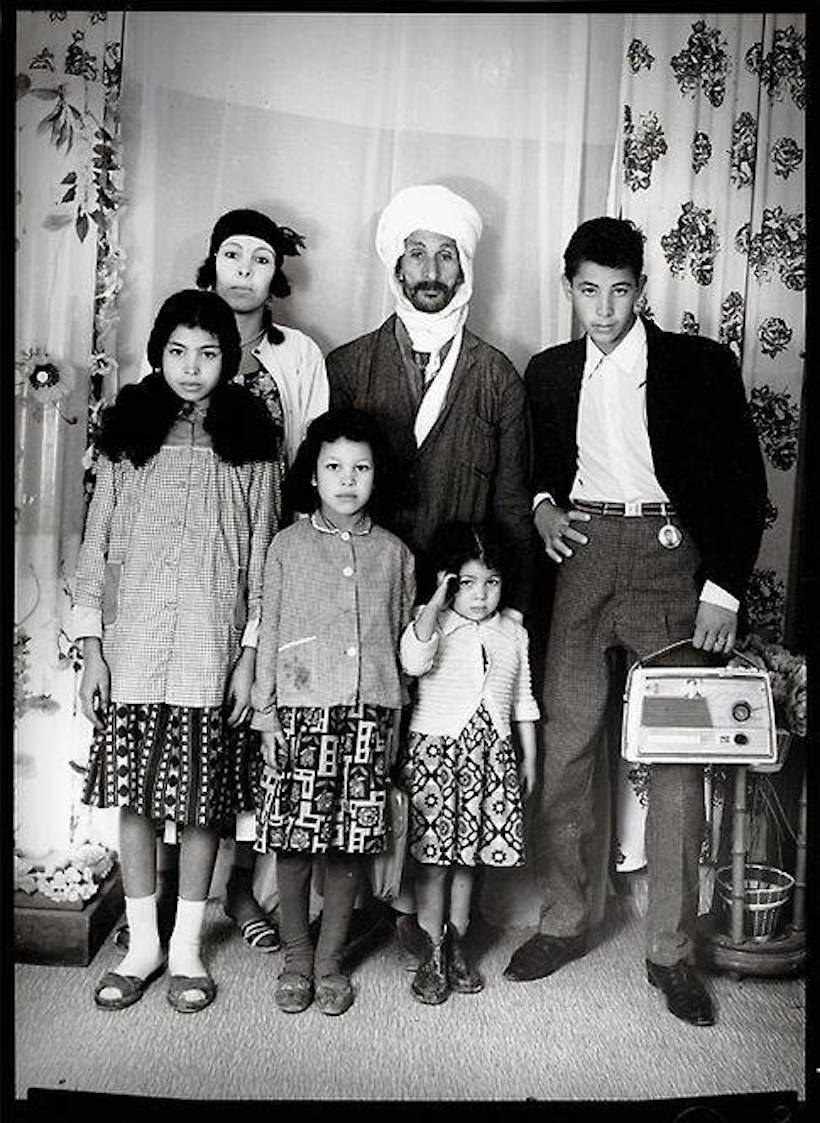
Lazhar Mansouri (1932-1985) was an Algerian photographer active from the late 1950s through the 1970s in Aïn Beïda (Aurés Mountains region, Northern Algeria). During this period, he owned and operated a photography studio and created an archive of local everyday people and rarely photographed indigenous tribes. The Mansouri archive reflects the tumultuous spirit of the times and the ethnic and social make-up of the region. Through Mansouri’s studio portraits we can witness the growth of the Algerian middle class replacing the French colonists and its synchronic evolution with Europe. The photographs also reflect the military and political atmosphere of the period.
Find more from the archives at the Westwood Gallery.
2. The always wonderful Fran Lebowitz, pretending it’s a museum at The Met
And if you can’t get enough of her, here’s a much needed follow up interview.
3. The Travelling Companions, painted in 1862 by Augustus Egg
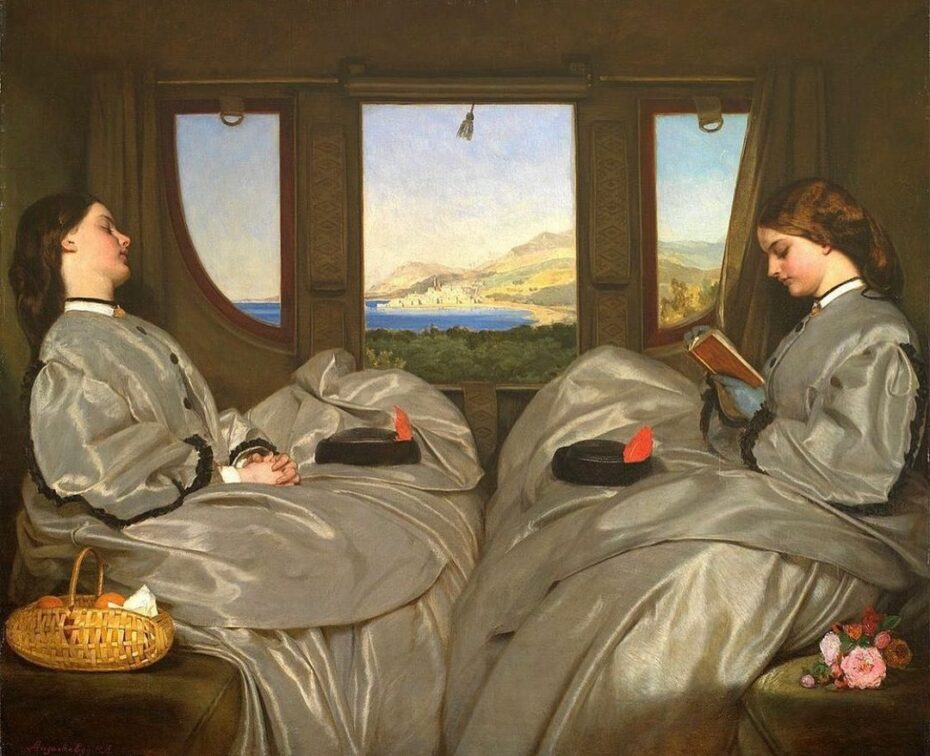
“The coastline of Menton, on the French Riviera, is visible through the window, but neither woman seems to be paying any attention to this. The train is in motion, witnessed by the swinging tassel on the window blind. The carriage itself is symmetrical, as the women are.
The symmetry is broken, however, by a number of small differences. The woman on the right reads a book; her hair is tied up, she is wearing gloves and a bouquet of flowers lies next to her. The red feather in her hat is neatly groomed. The woman opposite her is sleeping, her hair loose, with bare hands, and a basket of fruit beside her. The feather in her hat is a little ragged. The painting could be read as a Victorian version of William Hogarth’s Industry and Idleness.
Railway art became popular after William Powell Frith’s 1862 painting The Railway Station.
The painting influenced an illustration by John Tenniel in Through the Looking-Glass, in which Alice wears a similar costume and hat in a railway carriage, sitting opposite Benjamin Disraeli, wearing a paper hat, and a goat.”
Found on Wikipedia.
4. This Art Nouveau bathroom
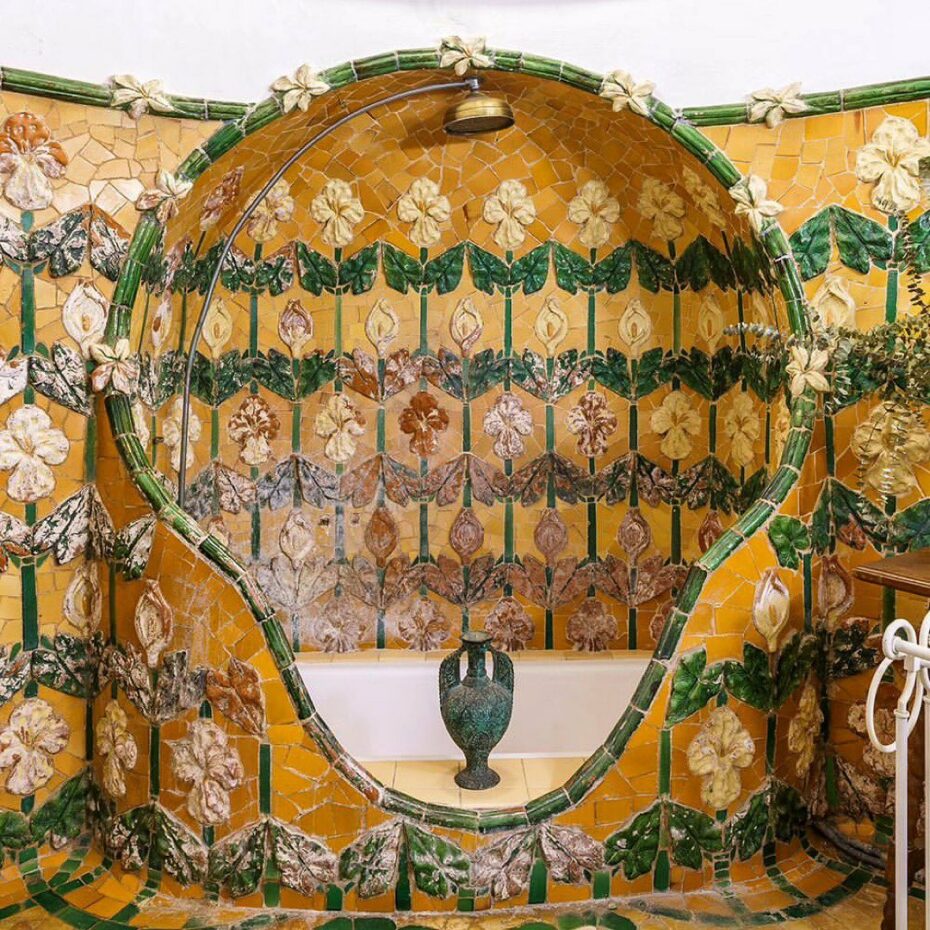
A hidden gem of Lluís Domènech i Montaner’s career, this incredible place lies deep within Castell de Santa Florentina in Canet de Mar, Catalonia, Spain.
Built on the foundations of an ancient Roman villa, Domènech i Montaner was given the job of restoring and expanding the building into a residential summer palace with medieval and romantic touches. Between 1900 – 1909, the architect worked with a team of artisans to bring this vision to life. Whilst the castle bears many of the fingerprints of Domènech i Montaner’s work, his imagination was really set free in this small bathroom.
Found on Art Nouveau Man.
5. This “boutique French chateau” in central France
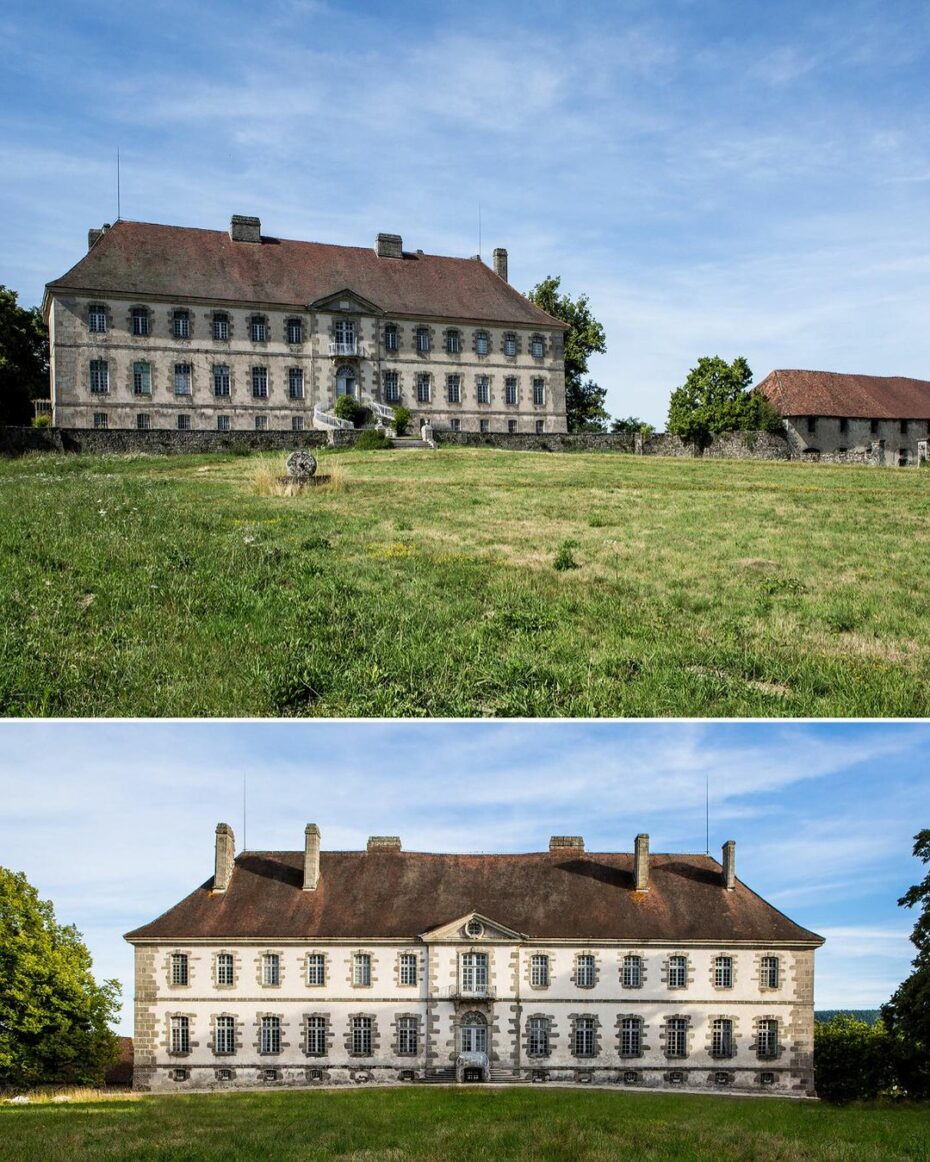
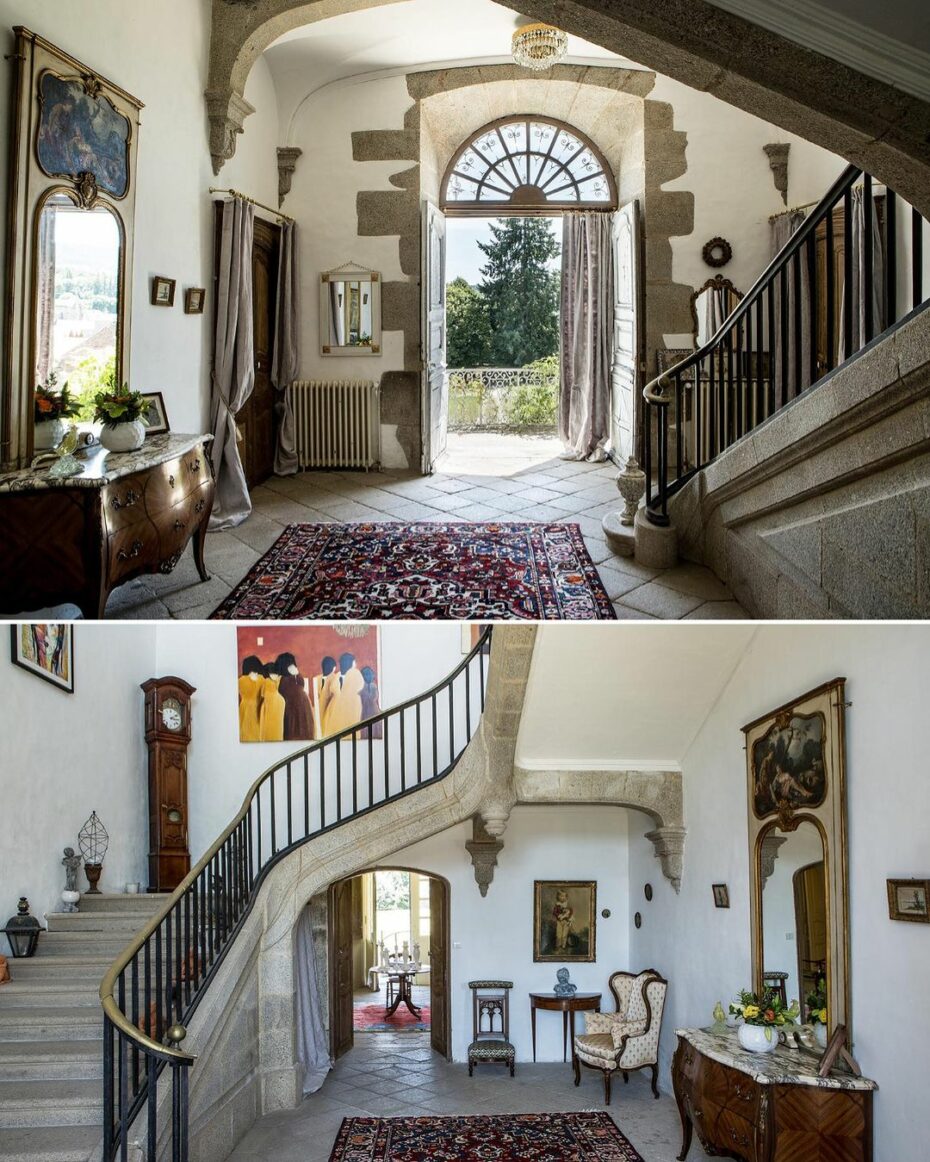
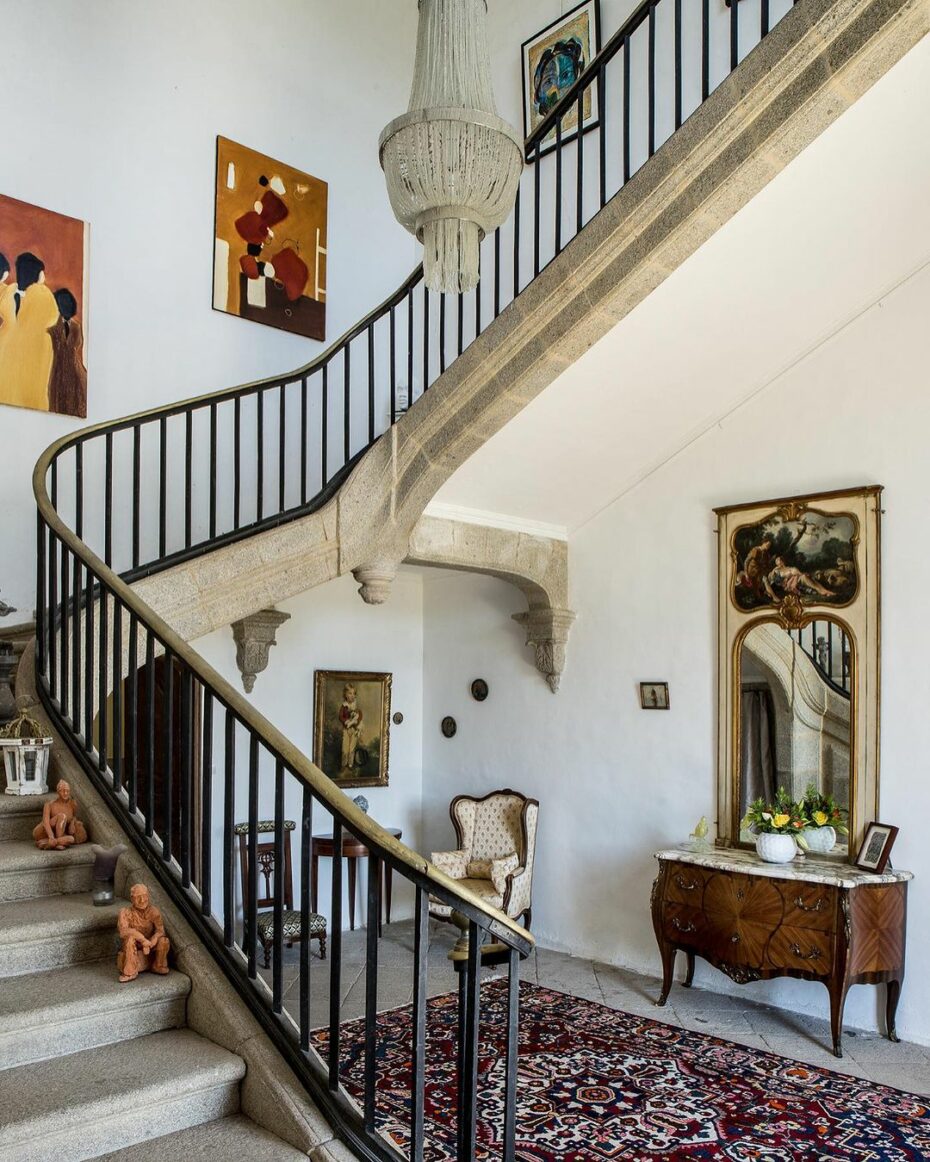
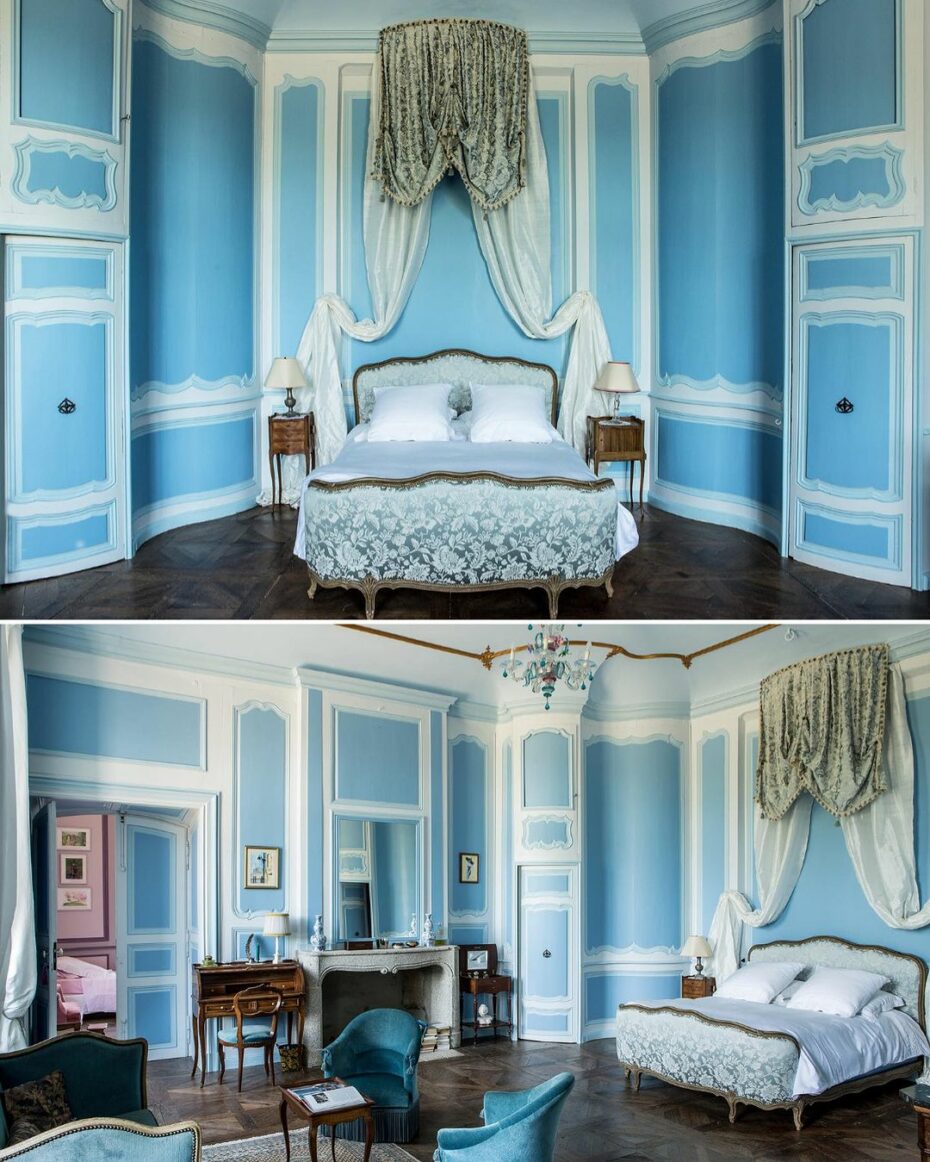
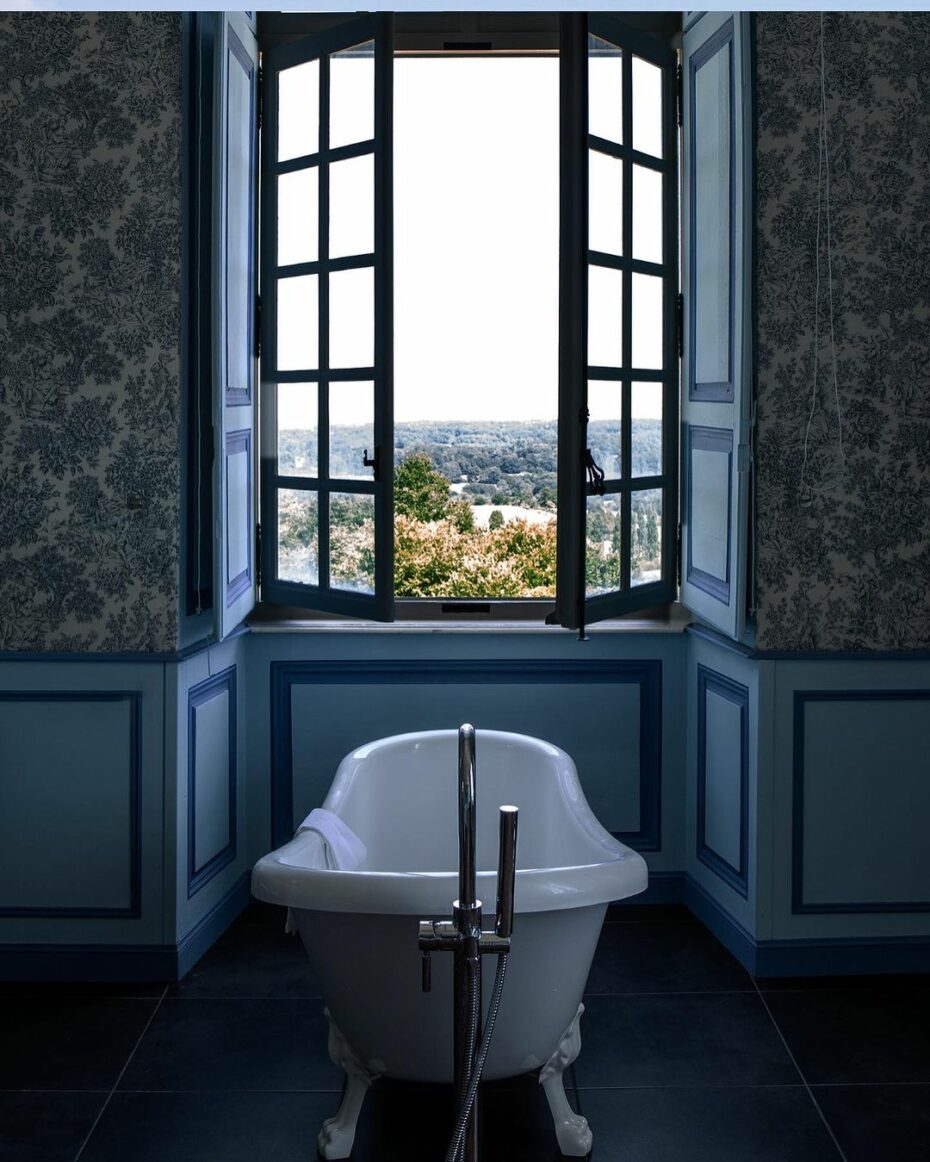
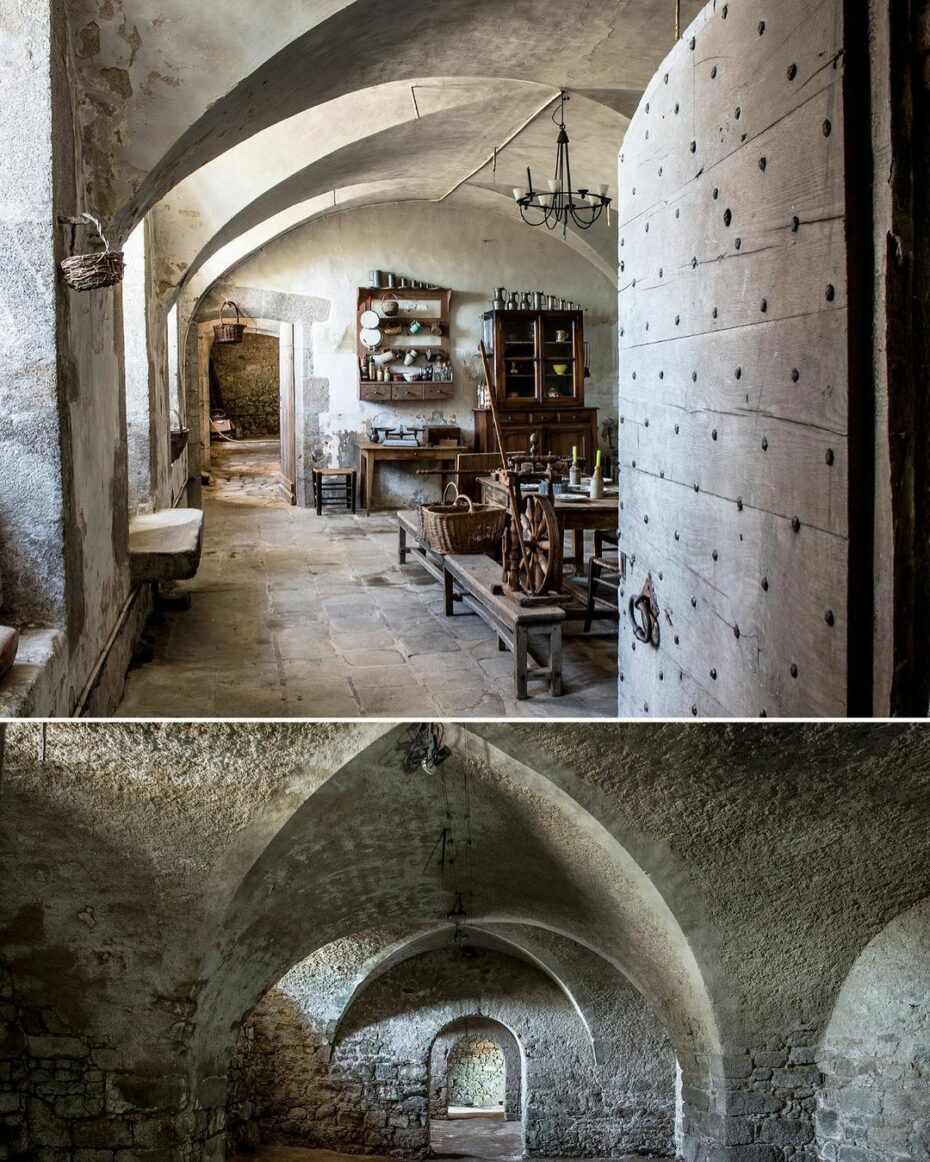
Listed for €1.49M on Belle Demeures.
6. The (trashed) Lamborghini Countach from The Wolf of Wall Street is going up for auction
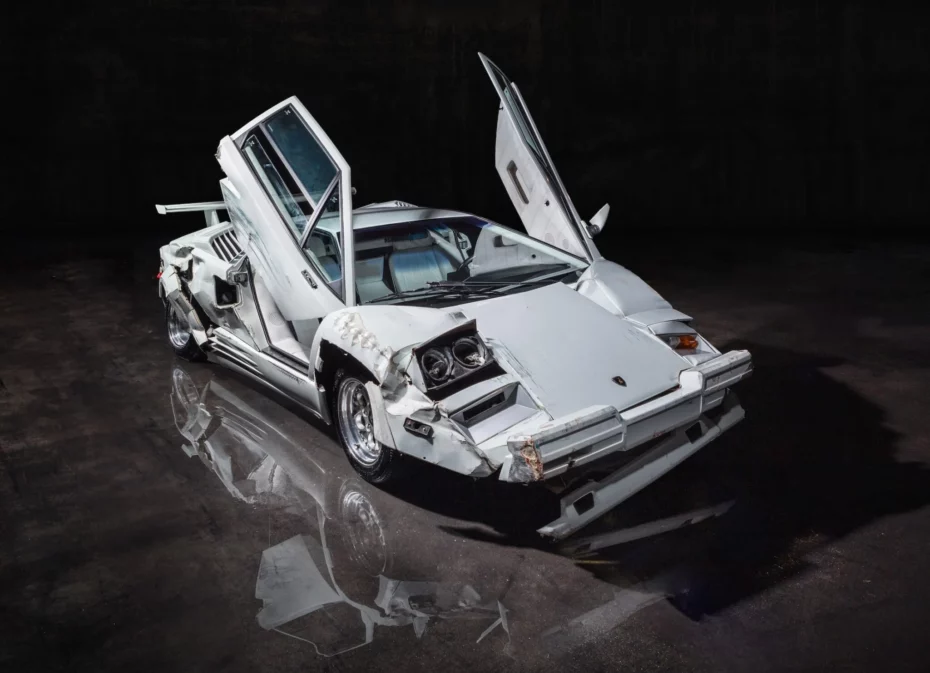
Found on Bonhams.
7. Oculi Mundi, an amazing new online platform for exploring antique maps of the earth and skies
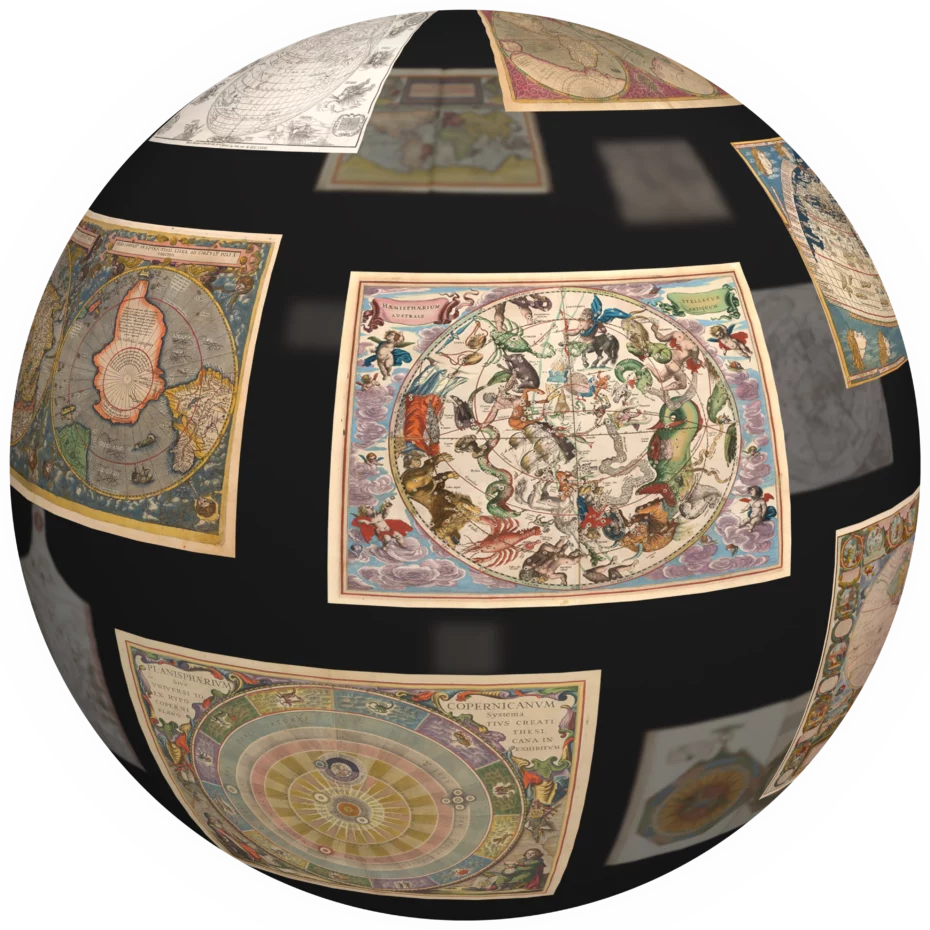
Start exploring here, found via Present & Correct.
8. Advice for time traveling to medieval Europe
9. When buttons mattered
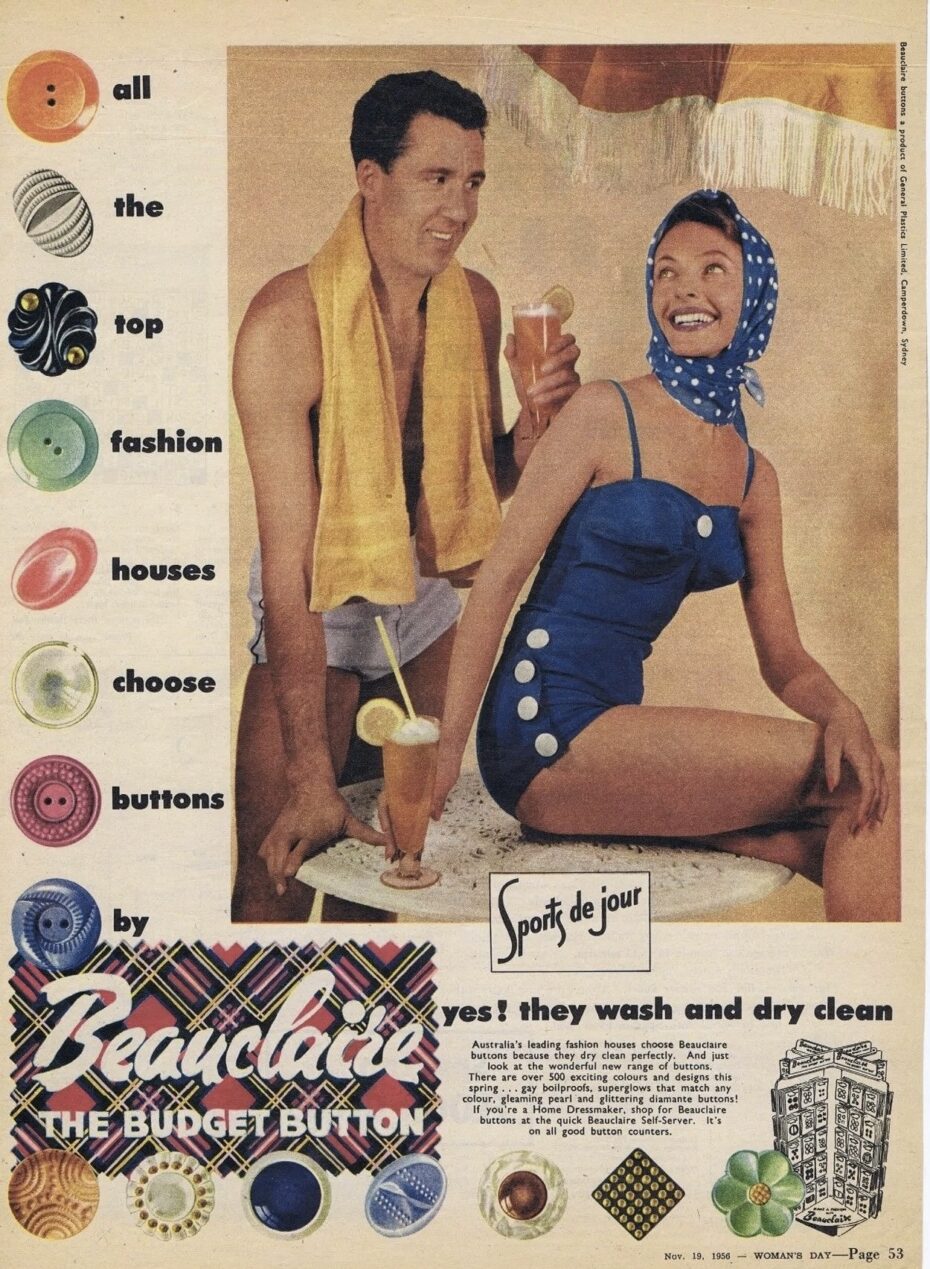
A vintage ad found on Tumblr.
10. Truck Drivers Inns: the best dining bargain in France?
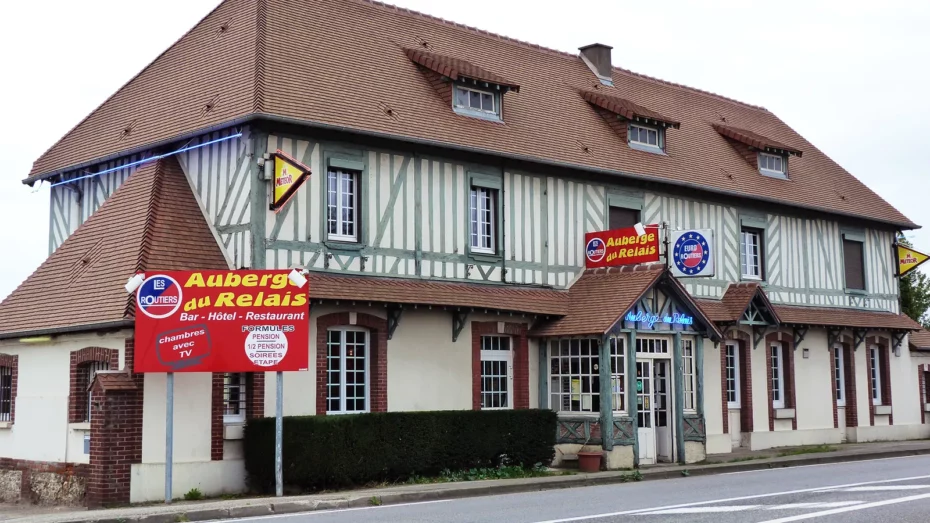
The exceptional value of the friendly, no-nonsense, old-fashioned French eateries called Relais Routiers (the nation’s network of 700 lorry/ truck drivers’ inns) is assuring the survival of an almost century-old French tradition...
Up until around the 1980s, people would come to Routiers because they knew they’d find the same cooking they were used to at home. Now, most French people have stopped cooking like this. They go to Routiers to find what they’ve left behind.
Find the full article on BBC Travel.
11. Thanksgiving menu at the Plaza Hotel in New York City, 1899
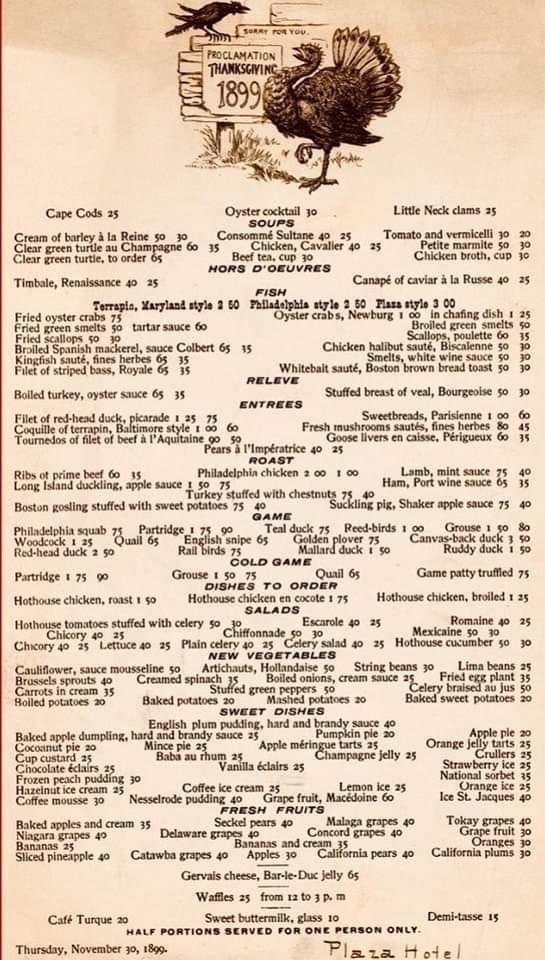
Found on Reddit.
12. President Nixon visits Apollo 11 astronauts Neil Armstrong, Michael Collins & Buzz Aldrin in quarantine after returning from the moon
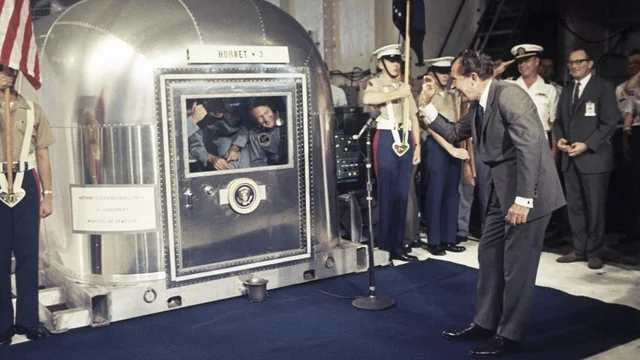
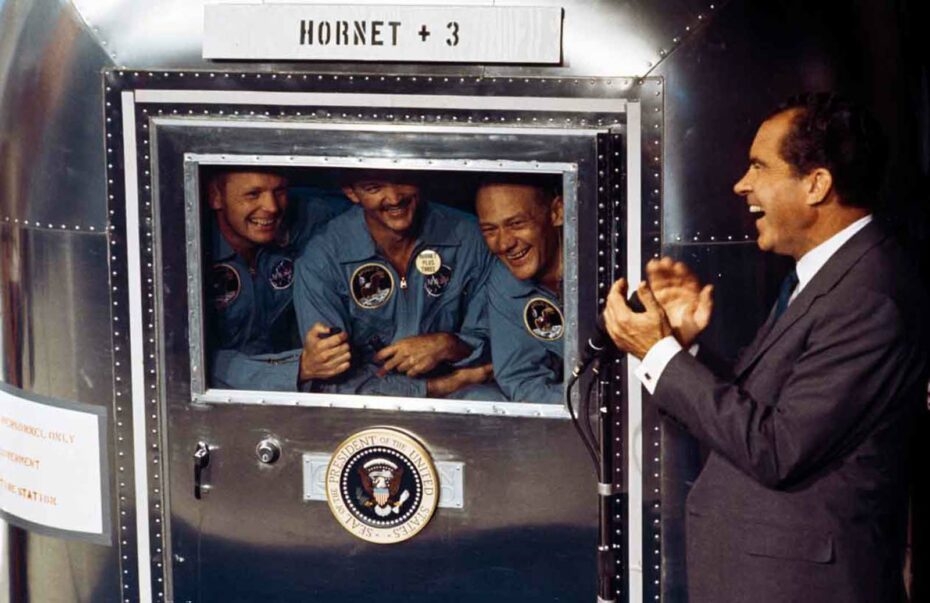
Found on Rare Historical Photos


